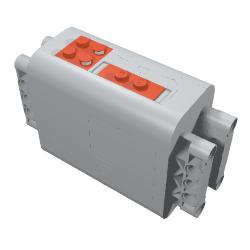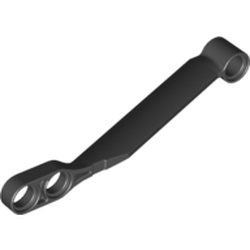I have two buggy motors, 5292 like this:

I see powering each separately and using two IR receivers soon triggers the receivers' protections and the motors are stopped.
My aim is not speed, I see battery options powering with 7.2-7.5V instead of others powering with 9V, obviously the latter ones performs faster, but I try to have a safely working setup, without burning components.
What is the best way to power up them? Is there a way to avoid using Android apps and bluetooth, or EV3 stuff, by using an IR setup at all? Is it possible to avoid SBicks and BuWizz? If not, are these reliable? I see people talking about LiPo instability. Is it that fire-hazardous?
Having in mind that Lego has overheat protections that often stop the motors on load, first question would be: is there a setup with Lego's LiPo battery to avoid the known hiccups behavior, without bypassing the protections?
And I have a side question: how to control a buggy motor using its box 54734, that come together in the 8287 set, with an IR Receiver? Mine simply does not power up the IR. I've tried all Lego Power Functions extension cables, the IR receiver doesn't lit.
Update
I have a RC power unit now:
A thing that nobody tells ~ and I've searched a lot ~ is that steering goes 45°, unlike the servo motor that goes for 90°.
Building big means heavy (I try the agrof's class 1 buggy), so I've used multiplication twice in order to achieve the same 90° with the RC unit. This powered down the steering so it could not work when not running. A crackling sound is heard from it too, when tried. The multiplication is like this:
agrof's steering is pretty complicated to change in order to use a 20T instead of 12T due to the steering wishbones and link positioning, as the 20T is bigger in diameter. Also, don't know if it is enough.
Now, similar to Michael Verschaeve's idea, the 45° steering could be used to action a switch in order to steer using a servo motor, but seems pretty weird to me.









